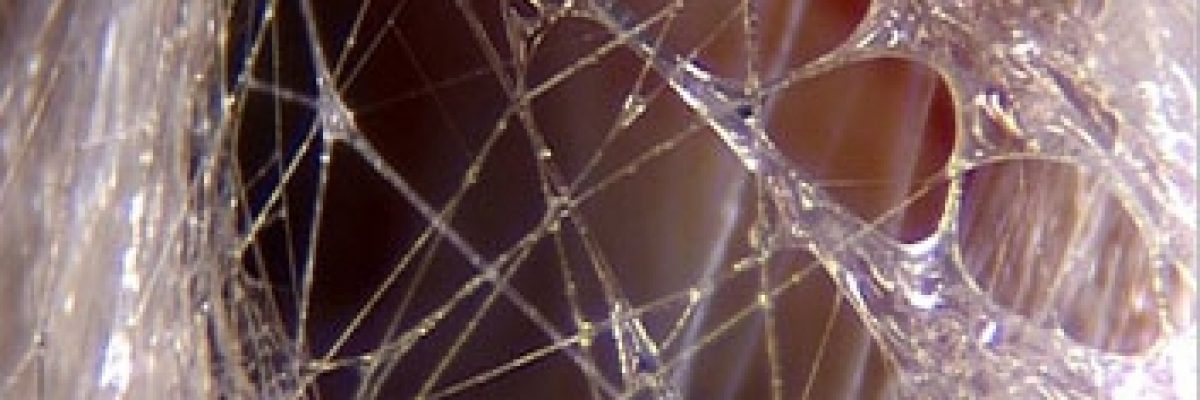Connective tissue or fascia
Connective tissue or fascia is the stuff that looks a little bit like glad wrap and is actually the most abundant tissue in our body.
It runs through and surrounds all organs, muscles, bones and nerve fibers. (Langevin et al 2009). It is also one of few organs of ‘form,’ as if you took everything else away and just left fascia, you would still be a human shape!
Fascia is full of water, but if water is not available in our bodies, then fascia does not do very well. If it gets dehydrated, it will get sticky and glued and will form adhesions. If we don’t move our bodies in all directions (the way that it is arranged), it will also not do very well. Fascial adhesions bring joints closer together and over time, create problems in the body.
Whatever tightness or restriction you have in your body is far more than a single isolated area. Every movement in your body will compensate around a particular adhesion and will also effect your posture.
What causes unhealthy fascia? There are many things that can effect the health of fascia including:
-
Sedentary lifestyle
-
Poor posture
-
Dehydration
-
Muscle injuries
-
Poor diet
-
Poor sleep quality
-
Stress
Most of us have hundreds of knots and none of us are perfect!
*One of the easiest ways you can help your body to move better is simply to hydrate yourself well. Remember, adhesions are effectively dehydrated tissue! That is, tissue where the connective tissue fibers have dried out and become stuck to each other.
Staying properly hydrated is important at any age, but becomes more important as you get older.
Reference: Ian O’Dwyer (Feel SOMA – Self Osteomyofascial Application).
John Polley (The Next Level).




